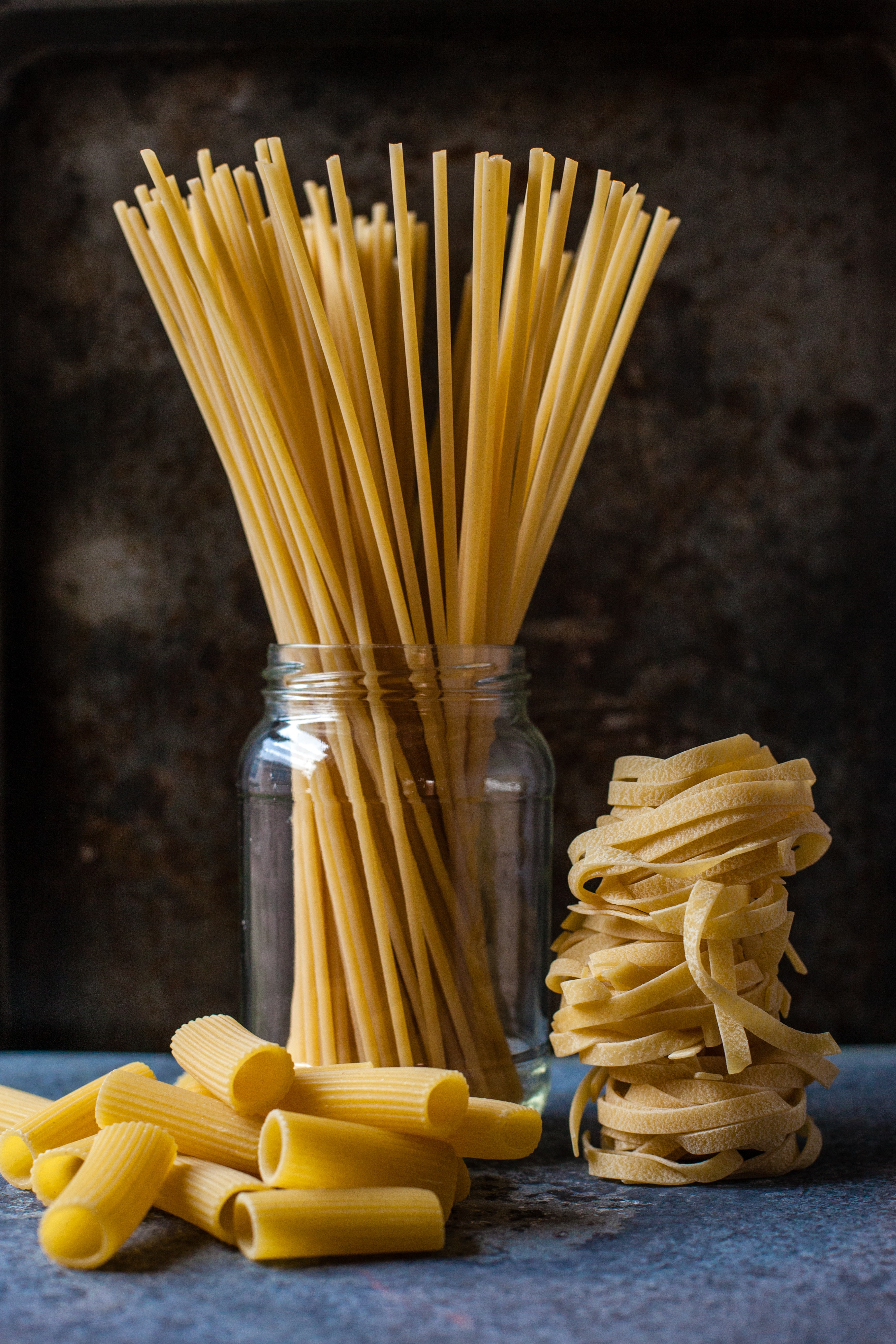Intergalactic pasta may hold the secrets to the universe
Like...why the universe exists
Massive Science
Science is facing a crisis. On the one hand, physicists claim to understand the stuff making up all that's visible in the sky. On the other, astronomers weighing the universe tell us that a staggering 85% of its heft lurks in something dark and unseeable. And nobody knows what this stuff — "dark matter" — is made of.
Learning the identity of dark matter would be revolutionary, and may supply the key to fundamental mysteries about our universe, such as why it exists. So here's a question to narrow our quest: does it touch us, or pass through us? Many physicists argue the former — and if something can touch us, we can trap and study it.
My collaborators and I think that the perfect trap for dark matter is... pasta. That's the name of giant atomic nuclei shaped like gnocchi, spaghetti, lasagna and bucatini in the bottom-most, densest layer of a neutron star's kilometer-thick crust.

Photo by Heather Gill on Unsplash
Neutron stars are the idle relics left behind by once-active stars that had ended their life in a supernova. They span 20 km in size, and are the densest known objects in the universe: a teaspoon of their stuff weighs the same as Lake Michigan. And their material is packed in several onion-like layers.
We think that dark matter particles would batter ancient, (literally) ice-cold neutron stars and heat them up to (literally) barbecue temperatures, making them visible at next-generation infrared telescopes such as James Webb, the Thirty Meter Telescope, and the Extremely Large Telescope. And we find that pasta is the most likely layer getting battered.
Pasta-aided detection of dark matter would be a triumph of the fields of particle physics, nuclear astrophysics, and astronomy. It looks increasingly like the answers to fundamental puzzles plaguing science would come from such cross-disciplinary interactions.